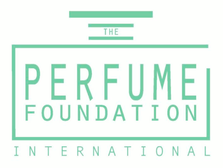|
An Interview by Creezy Courtoy, World Perfume Historian and Anthropologist The IPF Natural Perfumery Teacher's Academy is dedicated to accomplishing two vital goals: firstly, to educate enthusiasts on the art and science of natural perfumery, enabling them to transform their passion into sustainable careers; and secondly, to ensure the rich heritage of perfumery is preserved and passed on to future generations. Understanding the World Perfume History is crucial for any perfumer, not only to enrich their creations with inspired narratives but also to uphold and share this invaluable legacy. Now, let's introduce you to Vivian Trinh. Join us as we delve into her story. 1. Could you introduce yourself, including where you reside and your current occupation or activities? I am Viviane Trinh, an international independent perfumer and scent educator. I'm currently based in Ho Chi Minh city, Vietnam after years of training and working globally. My company's main focus is private R&D services, consultancy and tailored training programs for individuals and entrepreneurs. Settling down in a city that's not my homeland, with almost an opposite lifestyle compared to Hanoi - Where I was born - is a decision that requires a lot of my nerve! There are more and more people doing this, but it was definitely not something common back then! I was formally trained in Grasse focusing on the art and technique of raw materials and fragrance creation. But it was not enough to become a professional perfumer. I never stop there. For the last decade, I've been doing training and researching work with top perfumers and companies all around the world to collaborate and refine my skill. 2. Could you share why you chose to study History, particularly what inspired you? Was it a desire to learn more about the history of perfume in your region? I believe everything has a beginning. In order to master an art form, you have to truly understand it from the root. I never hate the fact that I'm almost obsessed with learning new skills and gaining new knowledge for my work as a perfumer. But funny enough, the more I try to move forward with the intention to "change", the more I realize that I'm getting back to the point where everything starts. Lots of the inspiration of our modern fragrances, including the raw material, the formula composition, the packaging or even the branding and marketing is actually nothing new but a more 'dressed up' and creative version of something that has already been done from centuries ago. Just like how we all fall in love with that homemade, fragrant herbal bath from our childhood before Chanel No.5, Shalimar and Mitsouko. Those little small scented moments are exactly the reason why I have had such a big love for perfumery since a very young age. Sometimes, I feel like no matter how much I've gained during this journey, I'm still that little girl who immersed herself in that afternoon bath, thinking about how she could get that vintage botanical dictionary from that local no-name bookstore. 3. What is the current state of natural perfumery in your country? What about its heritage? Do people still retain knowledge of their ancestral heritage? Despite the fact that our country has a rich tradition of using fragrant herbs not just for the purpose of beauty but also for medicinal and the spiritual purposes, I still find the urgent need to maintain the heritage worth considering. It's a bit painful to watch people shutting down their own garden or skipping on preparing natural scented products like tea, herbal bath, traditional medicine recipe, incense etc. because they don't have time or energy. The modern momentum of lifestyle is a challenge for people who still want to commit using the knowledge of their ancestral heritage. 4. Was the history course effective in reacquainting your country with its heritage related to perfumery? Education and creative ways of using scent is crucial to keep the heritage alive. I got all of that from the course. After joining the history program, I have a deeper understanding of not just my country's heritage related to scent, but also of a more comprehensive view about the world history of perfumery. The course gave me new knowledge about many practices that I thought I already knew by heart. It was truly a meaningful experience of reacquainting myself with my country heritage related to perfumery in a totally different way; but much more academic and professional! 5. Did you find it beneficial and necessary to take the global Perfume History Course? How did it impact you personally, and what changes have you experienced in your life as a result of this course and its certification by the International Perfume Foundation.
The course gives me extra courage to bring lots of my ideas from a shy scratch to a real product that I can proudly show my clients from time to time. That's priceless. If not to say, one of my career's bliss. It's been a very helpful course for me and it did help me so much with my career. I cannot tell you how much it helps me in my perfumery work. I'm looking forward to learning more from you and your courses in the future! I hold your certification in the highest place of my lab! I have to say that Creezy Courtoy's mentorship during the course was something out of this world. She employed incredible expertise in her teaching. But more than that, Creezy's heart-warming personality and her life-long passion for the art of perfumery was truly the biggest source of motivation for her students! My last word is: A special job requires a special mentor, and choosing Creezy's course was a game changing decision for my career. I cannot tell you enough how grateful I am.
0 Comments
By Terry Johnson, Perfume Business and Marketing Expert and Teacher “Precious Things are Without Value to Those Who Cannot Prize Them.” The Rooster and the Jewel-Aesop’s Fables After talking to Natural Perfumers or reading their website content over the years, its completely clear to me that Natural Perfumers are universally passionate about their perfumes. And why shouldn’t they be?
Fine Natural Perfumes, like fine wines or fresh flowers, are truly alive and precious - each in its own way! Yet, many potential Natural Perfume consumers act like the rooster from the Aesop’s Fable above: Upon finding a jewel on the ground, the rooster declared that he would rather have a single grain of barley than the jewel. The lesson for Natural Perfumers? Consumers will always purchase what they consider valuable and meaningful to their lives. The challenge for Natural Perfumers today is to use the same passion they applied in creating their Precious Undervalued Perfume (PUP) into developing a Perfume Value Package that will be appreciated and prized by consumers for a lifetime. So, how do Natural Perfumers turn their “PUP” into a Prize? Here are some suggestions:
The Turbulent Journey of French Perfumery Through History By Creezy Courtoy World History Perfumery Expert and Teacher Throughout history, humanity's quest to bridge the divine and the earthly realms has often been mediated through the aromatic allure of perfumes and spices. However, this journey has not been without its dark epochs, notably during periods marked by the overwhelming influence of the Catholic Church, such as the Crusades, the medieval era, and the Inquisition. These were times when the Church's supremacy overshadowed even that of monarchs, intertwining religious power with the governance of states, culminating in France's separation of Church and State only in 1905. Such dominance led to the suppression of perfumes for daily use, associating them with witchcraft or frivolous, forbidden indulgences. Despite these challenges, the evolution of perfumery, much like science, experienced moments of pause rather than a complete halt. Innovative and pragmatic individuals emerged, defying the restrictions to maintain the therapeutic application of perfumes, utilizing flowers, plants, essential oils, aromatic vinegars, and "miraculous waters." Fortunately, these periods of constraint were interspersed with eras of abundance under monarchies that valued luxury and opulence over the Church's austerity. The dominion of the Church also impeded the broader progression of the sciences, holding the Bible as the singular path to salvation and often placing it in conflict with reason. Yet within the confines of monasteries, a different story unfolded. Monks became the custodians of ancient knowledge, cultivating medicinal plants and translating the works of Galen, Aristotle, Dioscorides, and Pliny. They preserved the beauty secrets and remedies of Greek and Roman antiquity, enriching them with the synthesis of translated Arabic manuscripts. Some of these recipes bordered on the magical, using ingredients and methods dictated by the movements of celestial bodies. The School of Salerno, a beacon of medical education in the 12th century, stood out for its quality of teaching and its secular approach, contrasting with the religious orthodoxy of most Western universities of the time. It honored both Greek and Arabic medical traditions, emphasizing the balance of the body's four humors as the foundation of health. The introduction of distilled alcohol for its revitalizing properties by figures like Raymond Lulle and Arnaud de Villeneuve marked a significant advancement in pharmacy, incorporating distillation into the preparation of remedies and cosmetics.
As perfumers ascended the social ladder, the first universities in Paris, Montpellier, and Padua were established, laying the groundwork for a more structured and secular education system. However, the contrast between the ideals of Salerno and the grim realities of the "Hotels-Dieu" in the West, which were far from the medical sophistication of Arabian hospitals, highlighted the stark differences in healthcare and hygiene practices between the cultures. This journey through the history of perfumery reveals not only the enduring human fascination with fragrance but also the complex interplay between religion, science, medicine and art. It underscores the resilience of perfumery as an art form, persistently evolving and flourishing despite the shadows cast by periods of suppression and ignorance. By Terry Johnson, IPF Vice Chair, Business and Marketing Expert Teacher During 30 years as a marketing consultant, one of the most common mistakes I have seen businesses make has been failing to properly prepare for, attend, and follow-up from an awards or other event.
Yet natural essence events, such as the New Luxury Awards, Perfumery Congress or International Natural Perfumery Summit represent profitable opportunities to network, gain industry insights, and showcase yourself, your company, and your brand. For Natural Perfumers or Natural Perfumery Brands, proper event marketing management starts with the decision to attend. Ask yourself: Does the event have the potential to improve my brand? Can my attendance lead to greater and more profitable sales? Managing attendance at events properly allows you to reach these and other important goals. Remember, we are in the Natural Essence High-Value Market, where higher prices can be achieved by offering consumers more value. Event attendance demonstrates industry leadership, which has great value to customers looking for companies, people, and brands they can trust and have confidence in. Additionally, being nominated for or winning an award has tremendous consumer value to a perfume brand. Here are several steps you can take to boost your profits from participation at an event: Pre-event Planning for Success
Event Participation
Profitable Post-Event Strategies Post-event follow-up is the most important part of event attendance, but it is also the least understood by most attendees. Many returning to work after an event fail to find the time to adequately follow up as they should for such a high marketing priority.
By Andrej Babicky, Certified Natural Perfumer and Raw Material Natural Extraction Methods Expert Capturing the Ephemeral In the realm of perfume crafting, there's an art to capturing the essence of flowers. Among various extraction methods, from distillation to maceration, one stands out for its enchanting approach – enfleurage. This method, despite being laborious, possesses a magical ability to imprint the olfactory fingerprint of a flower, making it a personal favorite. The enfleurage process is both a journey and an experiment, much like the anticipation of spring when fragrant flowers are ready to bloom. Imagine stepping into your garden, balcony, or even just a sunny windowsill, armed with the intention to entwine the ephemeral soul of a flower into a fragrant masterpiece. For me, this is more than just a technique; it's a dance with nature. Enfleurage, contrary to its demanding nature, offers a playground for experimentation. Co-enfleuraging different flowers became my joyful pursuit, creating complex pomades that danced with the richness of jasmine, gardenias, plumeria, Stephanotis, Cestrum, banana leaves, roses, and even tomato leaves. This became more than an experiment; it evolved into a fragrant game, a symphony of scents. Over time, I expanded my palette, incorporating different raw materials into the pomade. Unrefined coconut oil, with its tropical aroma, became a base for enfleurage experiments, mingling with gardenias, plumeria flowers, bourbon vanilla pods, finely ground resins and iris powder. The result? A tapestry of new scents and the recreation of complex, unique bouquets. The manufacturing process remains true to tradition. Glass or ceramic containers replace the classic chassis, vegetable butters and oils stand as the primary medium, and the delicate dance of changing flowers persists. Some of my enfleurages remain soaked in alcohol for months, allowing me to study raw materials practically, even if they never make it into a final composition. In the historical context, enfleurage played a crucial role in the fragrance industry. Refined in Grasse, France, in the mid-1700s, it became an industrial center for essence extraction. Today, enfleurage is a mainly historical method, replaced by more modern techniques. However, with the resurgence of interest in natural perfumery, some perfumers revisit this technique, making modifications to suit contemporary needs. Enfleurage is not just a process; it's a celebration of flowers that might have limited essence or are too fragile for other extraction methods. It revolves around the absorption of volatile odorous molecules by fat. This fat, acting as a solvent, captures the essence of flowers it embraces. The traditional procedure involves meticulously crafted frames, or chassis, where purified fat is layered, and flowers are evenly distributed. Daily changes and cycles of defleurage create a dance between flowers and fat, resulting in perfumed pommade. This pommade can then be turned into an absolute through further processing. Enfleurage, despite its historical roots, remains a testament to the art of perfumery. It beckons us to dance with flowers, capturing their essence in a way that's both magical and personal. In this intricate journey, where patience and experimentation intertwine, enfleurage invites us to create olfactory symphonies that resonate with the very soul of nature as it awakens in the upcoming spring, with fragrant flowers ready to bloom.
Embark on your own olfactory adventure! Explore the art of natural extractions in my Natural Extractions Course. By Terry Johnson, IPF Vice-Chair and Business & Marketing Expert “Smaller players must be brave enough to build a distinctive, even unconventional brand identity, rooted in the heritage and the know-how of their own brand. They must be bold enough to innovate with a disruptive identity and value proposition.” Alessandro Balossini Volpe, Professor of Brand Management When discussing the word “brand” it is important to recognize that there are two different kinds of brands each having different purposes and both working together synergistically: Company Brands and Product Brands. For large organizations such as Moët Hennessy Louis Vuitton (LVMH), branding gets quite complicated. They have their own LVMH Company Brand, Company Brands of the 75 companies they own, plus the Product Brands from all companies. For this article, we are going to focus on Company Brands for perfumery and essential oils brands. Your Company Brand, whether it is your company name, slogan, logo, or other aspect of visual identity (such as the use of the New Luxury Code Logo), needs to be developed or redeveloped from your Value Proposition, which represents the promises of what value you will continue giving to the rest of the Natural Essence Community. Along with your Mission Statement and Vision Statement, your Company Brand should reflect those promises which will be fulfilled through the proper execution of your Business Plan. When you read articles that feature some aspects of branding, it is important to know which type of branding they are discussing, since it is quite common to discover authors who use Company Brands and Product Brands interchangeably. Since we are discussing Company Brands, here is a diagram of a recent survey on brand authenticity: How do we know if a survey is talking about Company Brands or Product Brands?
One clue in this diagram is to go down the list until you get to “Uses all natural ingredients”. Only 11% thought that natural ingredients were associated with authenticity. If this had been a survey about Product Brands, especially in natural essences, “Uses all nature ingredients” would have been near the top if not the top choice. But in this survey, it only rates 11% because they are responding to questions in authenticity of Company Brands. Powering up your Company Brand presents an opportunity to revisit your Value Proposition to strengthen the value your Company Brand through improvements in messaging between your company and everyone you have contact with. Who should you communicate with about the value of your Company Brand?
Terry Johnson is teaching Business and Marketing, an essential course for developing a successful perfumery or essential oil business. By Françoise Rapp, France IPF Chair and Perfumotherapy Expert Welcome to the World of Perfumotherapy, where art and science intertwine to create a sensory experience like no other. Perfume has been a trusted companion throughout history, supporting us in various aspects of our lives. In this updated course on Perfumotherapy, we delve deeper into the world of olfaction, exploring the power of our sense of smell and its impact on our emotional well-being. Join us on this fragrant journey as we discover the uniqueness of a beautifully crafted scent.
Understanding the Heritage of Perfume Perfume has a fascinating heritage that stretches back centuries. From ancient civilizations to the modern world, perfume has been an integral part of human culture. In ancient Egypt, perfumes were used for both religious and cosmetic purposes, and the art of perfumery was highly esteemed. The Greeks and Romans also embraced fragrance to enhance their personal grooming rituals and as offerings to the gods. Over time, perfume evolved toward luxury and medicinal purposes with pomanders, vinegars, and other applications. The Science Behind Perfumotherapy Perfumotherapy is not just about the art of creating beautiful scents; it is also rooted in science. Our sense of smell is closely linked to our emotions and memories, making perfume a powerful tool for enhancing our well-being. When we inhale a scent, it triggers a response in our limbic system, which regulates emotions and memories. This connection between scent and emotion is why certain smells evoke strong feelings or transport us back to a specific time or place. Scientific studies have shown that certain scents can profoundly impact our mood and overall well-being. For example, lavender is known for its calming properties, while citrus scents like lemon and orange can uplift and energize. By understanding the science behind Perfumotherapy, we can harness the power of scent to create positive changes in our lives. The Benefits of Perfumotherapy Perfumotherapy offers a multitude of benefits for our overall well-being. The power of scent to evoke emotions and memories can be harnessed to reduce stress, improve mood, and promote relaxation. Certain scents have been shown to enhance cognitive function and improve focus and concentration. By incorporating Perfumotherapy into our daily lives, we can create a sanctuary of scent that supports our emotional and mental well-being. Whether wearing a favorite perfume, diffusing essential oils, or creating our custom blends, Perfumotherapy offers a holistic approach to enhancing our daily lives. As consumers look for ways to enhance serenity in their daily lives, it is crucial to incorporate that dimension into any natural perfume composition. Therefore, a wide array of applications are available in Perfumotherapy, from conventional use to home scents, personal care, and cosmetics. The Updated Course on Perfumotherapy This updated course on Perfumotherapy takes a comprehensive approach to exploring the world of fragrance. From the heritage of perfume to the science behind its therapeutic effects, this course offers a wealth of knowledge and practical skills. Participants will be able to learn from experienced perfumers and industry experts, gaining insight into the art of perfumery and its applications. Through theoretical lessons and hands-on workshops, participants will develop their olfactory skills and learn how to create their unique scents. So why wait? Join us on this fragrant journey and discover the transformative power of Perfumotherapy. The Perfumotherapy curriculum includes an Olfaction Training course, a French natural Aromatherapy course, a French Natural Perfumery course, and four unique complementary modules. Read all the details here. The session opens each first Monday of the month. Enroll now for the February 5 session. Multiple payment plans are available. By Creezy Courtoy, IPF Chair The Devil is in Details*
Perfume, a symbol of luxury and elegance, captures our senses and evokes emotions like no other product can. In the world of perfumery, where every detail matters, it can be challenging to navigate the intricacies of staying relevant and successful. As a French outsider, I bring a unique perspective to your brand, offering a fresh lens to evaluate your strategy and branding. In this article, I will delve into the significance of details in perfumery and extend a personal offer of a free 30-minute coaching session to help refine your approach. The Power of Details In the realm of luxury goods, attention to detail sets apart the exceptional from the ordinary. Perfume, being an embodiment of luxury, demands meticulous craftsmanship and an unwavering commitment to excellence. Every aspect, from the carefully selected ingredients to the composition of the bottle, marketing and packaging, contributes to the overall experience and perception of the brand. The Role of Branding Branding plays a pivotal role in establishing a perfume's identity and resonating with its target audience. It encompasses various elements, such as the brand name, logo, packaging design, website, advertising campaigns, and even the emotions associated with the brand. A successful branding strategy should encapsulate the essence of the perfume, conveying its unique characteristics and values to consumers. The Value of an Outsider's Perspective Being an outsider to your brand, a teacher and a luxury expert, I bring a fresh and unbiased viewpoint. As a French individual born in a family in the perfume industry, I am intimately acquainted with the rich heritage and tradition of perfumery in my culture. This background allows me to offer insights and suggestions that may have been overlooked from within the industry. With a critical eye, I can evaluate your current strategy and branding, identifying areas of improvement and potential opportunities for growth. A Personal Offer: Free 30-Minute Coaching Session To demonstrate the value of my perspective, I extend a personal offer to you: a complimentary 30-minute coaching session. During this session, we can delve into your current strategy, brand positioning, and explore potential avenues for improvement. Together, we can analyze your target market, evaluate your competition, and discuss ways to enhance your brand's appeal and success. Perfume is a realm where attention to detail reigns supreme. To thrive in this industry, it is crucial to have a well-defined branding strategy that captivates consumers and sets your brand apart. As an outsider and a French individual, I offer a fresh perspective on your perfume brand, enabling us to examine your strategy and branding with a discerning eye. Don't miss this opportunity to gain valuable insights and refine your approach to achieve even greater success in the world of luxury perfumery. *"The devil is in the details." comes from a French expression: "Le dibble est dans les details". This expression conveys the idea that small, seemingly insignificant details can have a significant impact or cause unforeseen problems. By Creezy Courtoy, IPF Founder, Perfume Historian and Anthropologist Tracing the Historical Path of Incense, Myrrh and "Gold" As the essence of Christmas envelops us, the shimmering allure of gold intertwines with ancient trade routes and the symbolic journey of the Three Kings. Egypt's pursuit of incense, myrrh, and oud through the exchange of gold highlights the interconnectedness of cultures and the quest for precious treasures. Together, let us embrace the universal values of peace and unity, inspired by the story of the Three Kings, the timeless significance of gold in our celebrations and the spirit of peace. The Magnificence of Incense, Myrrh, and Oud During antiquity, Egypt was known for its rich trade connections and its desire for valuable commodities, including incense, myrrh, and agarwood. These aromatic substances held significant cultural and religious importance in ancient Egypt, and they were highly sought after for their fragrance and other perceived qualities. The fragrant smoke of incense was believed to carry prayers and offerings to the heavens. Myrrh, used in embalming and as a sacred offering, symbolized purification and spiritual connection. Oud, with its captivating aroma, was a prized ingredient in perfumery and incense-making. Egypt, renowned for its opulence and reverence for these aromatic substances, sought to obtain them from regions along the Perfume Roads. Incense: Incense was widely used in religious rituals, offerings, and ceremonies in ancient Egypt. It was believed to possess purifying and protective properties, and its fragrant smoke was thought to carry prayers and offerings to the gods. To obtain these sought-after varieties, Egypt had to engage in trade with regions like Arabia and the Horn of Africa, where these substances were produced. Myrrh: Myrrh, another aromatic resin, held religious and medicinal significance in ancient Egypt. It was used in embalming practices and as an offering to deities. Egypt's access to myrrh was limited, as it primarily came from regions like present-day Somalia, Ethiopia, and Yemen. Agarwood (Oudh): Agarwood, also known as oudh, is a fragrant wood derived from the Aquilaria tree. It has a rich, woody aroma and is highly valued in perfumery and incense-making. Agarwood was sourced from regions such as Southeast Asia and the Indian subcontinent. Egypt's Trade: Gold for Precious Fragrances The acquisition of these precious substances, however, often required the exchange of large quantities of gold due to their scarcity and demand. Gold, which was highly valued, served as a medium of exchange in international trade. As caravans traversed desert landscapes, laden with gold, they ventured towards regions like Arabia, the Horn of Africa, and the Indian subcontinent. Egypt's desire for incense, myrrh, and oud drove the trade of this precious metal, forging connections and fostering cultural exchange along the ancient trade routes. Gold mining, both in Egypt and through trade with neighboring regions, was a significant source of wealth for the ancient Egyptians. Egypt's abundance of gold during antiquity can be attributed to several factors, including its geographical location, natural resources, and historical developments. Egypt had its own gold deposits, primarily located in the Eastern Desert, near the Red Sea. Ancient Egyptians developed mining techniques to extract gold from these deposits. They employed methods such as panning, sluicing, and tunneling to access the gold-bearing ore. Egypt's location in northeastern Africa placed it in proximity to gold-rich regions, such as Nubia (present-day Sudan) and the Eastern Desert. Nubia, located to the south of Egypt, was particularly renowned for its gold mines. The Nubian region had significant gold deposits, including alluvial gold found in riverbeds and veins of gold embedded in rocks. Gold held immense economic value in ancient Egypt. It was widely used as a medium of exchange, a store of value, and a symbol of wealth. Gold was employed for various purposes, including trade, religious offerings, ornamental and luxury items, and the adornment of pharaohs and temples. The demand for gold, both domestically and internationally, contributed to its importance as a form of wealth for Egypt. Additionally, Egypt was able to acquire gold as tribute or payment from conquered territories or through diplomatic relations with neighboring regions. Gold held deep cultural and religious significance for the ancient Egyptians. It was associated with the sun god Ra and was considered a symbol of divine power and eternal life. Gold was used in religious rituals, temple construction, and burial practices, indicating its importance beyond its economic value. These factors combined to make Egypt a significant center for gold acquisition and accumulation during antiquity. Egypt's control over gold mining, its trade connections, and its cultural reverence for gold allowed it to amass substantial wealth in the form of this precious metal. The Journey of the Three Kings The Three Kings are believed to have originated from different regions of the ancient world. Melchior, often depicted as an elderly Persian scholar, hailed from Persia (modern-day Iran). Balthazar, portrayed as an African or Arabian nobleman, is thought to have come from Sheba or Arabia Felix (present-day Yemen). Lastly, Gaspar, a youthful figure, was said to have hailed from Saba (modern-day Ethiopia or Sudan). The Three Kings carried precious gifts symbolizing their reverence and respect for the newborn baby. These gifts were not only symbolic but held great value during the time. Beyond their biblical narrative, the journey of the Three Kings holds historical significance. It reflects the ancient trade routes that connected civilizations, the cultural exchanges that took place, and the role of Arabia as a center of commerce and knowledge. The gifts the Kings presented also highlight the importance of incense, myrrh, and gold in ancient societies. To reach their destination, the Three Kings embarked on a perilous journey across the vast Arabian Desert. This desert, with its shifting sands and treacherous terrain, presented numerous challenges. The exact route they took remains a subject of speculation, but historical evidence suggests they likely followed ancient trade routes and oasis trails, navigating by the stars and their knowledge of the desert. The Path through the Arabian Desert
From Persia to Arabia: Melchior, the Persian king, set out from his homeland, traversing arid plains and rugged mountains. His journey took him through the ancient cities of Persis, Parthia, and the Arabian Peninsula, eventually leading him towards the southern Arabian region. Melchior presented gold, representing kingship and wealth. From Saba to Arabia Felix: Balthazar, originating from the Kingdom of Saba, embarked on his expedition from the southwestern Arabian Peninsula. He embarked on a challenging trek through the deserts of Yemen, navigating the arid landscapes and ancient trade routes that connected the region with the rest of the world. Balthazar offered frankincense, a fragrant resin used in religious rituals, symbolizing divinity. From Saba to the Land of the Nile: Gaspar, the youngest of the Three Kings, hailed from the Kingdom of Saba. He embarked on his journey, traveling northward, along the Red Sea coast. Crossing vast stretches of desert, he eventually reached the ancient land of the Nile, making his way to the heart of Egypt. Gaspar bestowed myrrh, an aromatic resin used in embalming, symbolizing mortality and sacrifice. Gold or Liquid Gold? While Melchior is traditionally associated with offering gold, it is intriguing to explore the symbolic connection between gold and oudh or agarwood, the most precious scent in Arabia, often referred to as "liquid gold." Gold has long been associated with wealth, luxury, and kingship in various cultures. In the context of the Three Kings' story, Melchior's gift of gold symbolizes the recognition of the newborn baby's royal status and the acknowledgement of his future as a great ruler. In addition to its material value, gold also represents purity and divinity. Its shimmering brilliance has often been associated with the divine presence and elevated spiritual significance. Similarly, oudh or agarwood holds a special place in Arabian culture and has been treasured for centuries for its exquisite fragrance and rarity. Oudh is derived from the resinous heartwood of the agar tree, primarily found in Southeast Asia, India, and the Arabian Peninsula. It is a highly sought-after fragrance ingredient, renowned for its rich, complex aroma, often described as woody, balsamic, and captivating. The extraction process of oudh is meticulous and time-consuming, contributing to its high value. The term "gold" used to describe oudh or agarwood in the context of the Three Kings' gifts signifies its extraordinary worth and significance. Oudh is considered a precious treasure, a symbolic representation of luxury, spirituality, and devotion. Just as gold is associated with kingship, oudh is associated with nobility and opulence in Arabian culture. It is important to note that while the inclusion of oudh as "gold" in the Three Kings' story may have cultural significance and symbolism, it is not a historical fact but rather a poetic interpretation that enriches the narrative and adds to its allure. The inclusion of oudh as a symbolic representation of gold in some interpretations of the story is a way to add cultural richness and depth to the narrative. It draws upon the significance of oudh in Arabian culture and its association with luxury and opulence. The Symbolic Journey of the Three Kings, a desire for peace, harmony: The biblical tale of the Three Kings, or Wise Men, embarking on a journey across the desert to present gifts to the infant Jesus in Jerusalem, encapsulates the spirit of peace and harmony among the three Abrahamic religions. Symbolizing Judaism, Christianity, and Islam, the Three Kings epitomize the unity and shared reverence for the divine. The gifts they brought signify not only material wealth but also spiritual devotion and the pursuit of peace. Their passage through the desert echoes the importance of pilgrimage and the pursuit of spiritual enlightenment. The exchange of these precious gifts symbolizes a desire for peace, harmony, and the recognition of the divine presence within humanity. Perfume has always been more than just a catalyst for emotions; its impact extends beyond mere pleasure and sentiment, encompassing the health of our bodies and vital energies. While modern society tends to limit perfume's significance to pleasure and emotional wellness alone, it is crucial to expand our perspective. Odorant molecules can subtly influence each body system through the olfactory and cutaneous pathways, making perfume a powerful tool for holistic daily well-being. As a Master Natural Perfumer, aromatherapist, and Naturopath with over 26 years of practice, I have witnessed the profound effects of olfaction and perfume firsthand upon the body, mind, and spirit, leading me to create numerous botanical perfumes for international brands, whether in cosmetics home or for fragrance use. By embracing botanical perfumes crafted with natural and organic ingredients, we can reconnect with nature and harness their healing properties. These perfumes benefit us personally and contribute to a more sustainable and eco-friendly approach to fragrance. So, let us venture into botanical perfumes, exploring their positive effects on our body, mind, and spirit. By embracing this holistic approach to fragrance, we can enhance our well-being and cultivate a deeper connection with the world around us. Perfume's Historical Significance Throughout ancient civilizations, perfume was employed for its therapeutic properties, addressing various ailments of the body and mind. It was more than just a pleasant scent; it was a form of medicine. For instance, perfumes were used as incense, pomanders, and aromatic vinegar to protect the body from miasmas. These fragrant materials, made only with natural herbs, oils, and plant essences, were revered as medicinal support. For instance, herbs, crushed resins, and spices like clove, myrrh, cinnamon, and agarwood were commonly used and known for their antibacterial properties. In addition to its medicinal uses, fragrance played a vital role in spiritual and religious practices. Perfume oils and incense facilitated a deeper connection with the divine and promoted introspection. Burning incense made one feel closer to the divinities, and the smoke of frankincense, myrrh, benzoin, agarwood, guaiac wood, and sage, among others, were considered portals to the higher self and raised consciousness. Perfumes have long been associated with sensory pleasure, enhancing seduction, and captivating our senses. Opulent and narcotic flowers, such as tuberose, rose, narcissus, champaca, davana, and ylang-ylang, were the perfect assets to attract and seduce a loved one. These scents were known to raise libido and desire, reflecting the cultural preferences of their respective countries. By Françoise Rapp, IPF Chair France and Certified Aromachologist The Role of a Natural Perfumer: Reconnecting with Ancestral Heritage As we delve deeper into the interconnectedness of our internal systems and the profound effects of natural essences, it becomes evident that the role of a natural perfumer is of utmost importance. A natural perfumer should master the properties of these essences and harness their potential to benefit our well-being. By understanding the therapeutic properties of various botanical ingredients, a natural perfumer can create fragrances that please the senses and promote physical and emotional health. By reconnecting with our ancestral heritage, a natural perfumer brings the wisdom of ancient cultures to today's urban life and consciousness. They honor the traditions and practices of our ancestors, infusing their creations with the knowledge passed down through generations. Natural perfumers use natural ingredients and sustainable practices to ensure their fragrances benefit individuals and contribute to the planet's well-being. The Olfactory and Cutaneous Pathways When it comes to the power of scent, there is no magic involved. The real magic lies in the composition and artistry of perfumers. When we inhale scent molecules, they interact with our olfactory receptors, triggering brain reactions. Specifically, these reactions occur in the limbic system, which is responsible for our emotions and memories. Through this intricate anatomical and neurological connection, we discover the direct relationship between inhaled odors, memories, feelings, and their influence on our behavior and well-being. The olfactory information, carried by neuro-electric signals, travels from the olfactory bulb through the olfactory tract and into the limbic brain. This information is divided into three circuits, leading to the hippocampus, the amygdala, and the septal nucleus. However, the hypothalamus plays a crucial role in various body functions as it controls the vegetative nervous system, the endocrine system, body temperature, hunger, thirst, and the sleep cycle. It performs these functions by processing stimuli from the peripheral, thalamus, cortex, and limbic systems. Additionally, the hypothalamus regulates the pituitary gland, which stimulates other endocrine glands such as the thyroid, parathyroid, adrenals, pancreas, and gonads. These glands produce hormones and cellular messengers, creating or modifying our physical and physiological behavior. Therefore, inhaling a natural fragrance sets off a complex biological pathway that ultimately leads to a shift in our behavior due to a chain of chemical reactions. The Influence of Skin When we think of perfume, our minds naturally gravitate toward the sense of smell, often neglecting the significance of our skin. However, perfumes were traditionally applied directly to the body for a reason. The heat of our skin allows the fragrance to develop and disperse in a beautiful sillage. At the same time, its pH level, whether acidic or not, enhances the development of specific fragrant notes and facets. Moreover, how scents applied to our skin can affect our overall well-being and vital energies is noteworthy. When perfumes are applied to the skin, they permeate the epidermis layers, facilitating direct absorption into the bloodstream. As a result, these fragrances can influence the body's physiological processes. So, how do we highlight the importance of the relationship between the skin and the brain? Firstly, these two organs share the exact embryological origin. On the 21st day of embryo development, the outermost cell layer gives rise to the nervous system and the epidermis. This shared origin explains the similarities between skin cells and neurons. The skin can be metaphorically described as a "second brain" or an "extension" of the encephalon. This connection between the skin and the brain emphasizes the profound impact that scents applied to our skin can have on our overall well-being and state of mind. It showcases the intricate interplay between our sensory experiences, memories, emotions, and the physiological responses within our bodies. Understanding and appreciating these relationships can enhance our appreciation for the art of perfumery and the transformative power of scent. The Multifaceted Effects of Odorant Molecules Scientific research has extensively studied the positive impact of natural essences on our psyche. At the same time, aromatherapists have recognized the critical role of essential oils in our body system and energetic anatomy. However, to fully comprehend the potential of other plant extracts, such as absolutes and CO2 extracts, it is crucial to understand the biochemistry of these natural essences. This knowledge is not only valuable for aromatherapy products but also for natural perfumes. Natural essences and extracts, as specific biochemical molecules, are integral to the identity of plants. These molecules can stimulate neurotransmitters, influencing mood, stress response, and cognitive functions. Various biochemical families, including monoterpenes, monoterpenols, aromatic aldehydes, and oxides, have been identified to impact vitality, happiness, and uplifting mood. The complexity of a plant's effectiveness arises from the totality of its composition and the interactions between each plant component. Scientists are continuously discovering and unveiling essential information about the role of specific aromatic molecules on neurotransmitters, such as linalool's impact on dopamine and serotonin. Although the subject is complex, it represents the future of alternative medicine. Several studies have reported increased dopamine levels in different brain regions, particularly the striatum, after exposure to linalool. Furthermore, the anxiolytic action of several essential oils rich in linalool is associated with the dopaminergic domain. This increase in dopamine levels partially explains linalool's anxiolytic action, as dopaminergic activation impacts pituitary activity and may directly or indirectly influence the level of ACTH. Research has shown that linalool decreases cortisol levels in the body, which is associated with reduced stress. Modulating cortisol levels could regulate pressure and limit its adverse effects. Endocrine System Influence Perfume molecules can interact with the endocrine system, regulating hormone production and affecting overall well-being. However, it is essential to note that certain synthetic perfume compounds can also have endocrine-disrupting effects. On the other hand, natural essences possess a complex biochemistry that offers potential benefits. There is ongoing research on plant hormones and their effect on the endocrine system. It is believed that essential oils impact the general endocrine system by mimicking human hormones through the action of plant hormones, also known as "phytohormones." These phytohormones can help rebalance, stimulate, or calm the endocrine system. Additionally, essential oils can have specific actions on glands. For example, cinnamon and coriander can help rebalance blood sugar levels, while black spruce and pine stimulate the adrenal cortex. Botanical Perfume: The Bridge of Elemental Nature Between Consciousness Natural essences profoundly affect our inner well-being, extending far beyond what we have previously explored. As a steadfast ally, they have accompanied human beings throughout history, harnessing their subtle powers. As consciousness evolves globally, perfume continues to weave its narrative. Forward-thinking companies have proclaimed that the products of today and tomorrow will significantly impact our soul's well-being. Perfume, breaking free from the confines of the market and fashion dictated by emotions, reclaims its original purpose. It aligns itself with the essence of life, reconnecting us with the elements of Nature in a genuine and awe-inspiring manner. Uncertainty looms over the future in a world clouded by a continuous stream of environmental, health, geopolitical, and political crises. This is precisely why an increasing yearning for peace and freedom is a profound call to reconnect with Nature. More than ever, botanical perfume influences our bodies and consciousness. This evolution transcends convention and paves the way for new well-being categories. Perfume reclaims its noble status, bridging the gap between the physical body, its divine essence, and the Divine itself. It carries a sacred dimension that holds profound significance today, drawing inspiration from a harmonious blend of tradition and modernity. The role of the natural perfumer extends beyond creating unique and aesthetically pleasing compositions; it facilitates a genuine and heartfelt reconnection with the power of Nature and the elements. Simultaneously, it awakens the sacred within us, raising our consciousness and transforming our subtle body chemistry. The Power of Genuine Natural Essences A crucial aspect lies in the natural perfumer's meticulous selection of high-quality essences. This selection process requires a comprehensive understanding of each essence, encompassing its scientific and chemical properties, medicinal applications, olfactory characteristics, and holistic attributes. Numerous factors influence the quality of a plant's essence, including its origin, cultivation methods, the timing of its harvest, and the preservation of its olfactory and "medicinal" qualities through appropriate extraction methods (such as gentle steam distillation below 100°C). Furthermore, proper storage in professional-grade bottles at suitable temperatures is paramount. A perfume's olfactory appeal and well-being benefits depend significantly on the exceptional quality of the chosen essences. Failing to adhere to the steps above will result in essences with diminished olfactory and biochemical profiles, yielding lower-than-expected results. In today's world, it is evident that the role of a natural perfumer extends far beyond being a creative artist or a marketer. Their work is significant in our heritage and profoundly impacts our well-being. In recent decades, perfumery has been seen as a blend of creativity and marketing. However, in recent times, the natural perfumer's role has evolved to encompass much more than just these two aspects. The compositions created by natural perfumers are not merely a way to reconnect with nature. Instead, they are potent vectors for expanding consciousness and promoting overall well-being. Each fragrance composition crafted by a natural perfumer has the potential to awaken our senses and elevate our spirits. A successful natural perfumer must be aware of the beneficial effects that their compositions can have on individuals. These fragrances can evoke emotions, uplift moods, and provide holistic benefits. The perfumer must understand the intricate relationship between scent and our physiological and psychological well-being. By harnessing the power of natural ingredients, the natural perfumer creates fragrances that smell pleasant while positively impacting the user’s overall wellness. |
Archives
March 2024
Categories
All
|
- Home
- About
- Why choosing us
- Mission
- Academicians
- IPF Certification
-
COURSES
-
MASTER CLASSES
- Teaching Methodology
- Natural Raw Material Extraction Methods >
- Natural Candle Making
- Healing Gardening
- Sustainable Oud MasterClass
- World Perfume History Master Class
- Scent Design and Formula Building >
- Fragrant Botany & Chemistry >
- Perfume Design, Concept and Storytelling
- French Natural Aromachology #1
- French Natural Aromachology #2
- Olfaction Training for Children
- Accords - Musks
- Accords - Chypre
- Accords - White Florals 1
- Accords - Fougeres and Aromatics
- FRAGRANCE DEVELOPMENT
- SPEAKERS
- EXHIBITIONS
- Partners
- Blog
- Contact
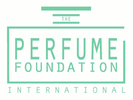
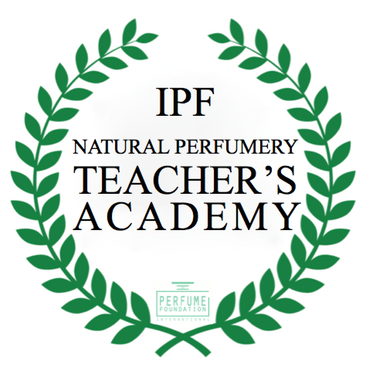
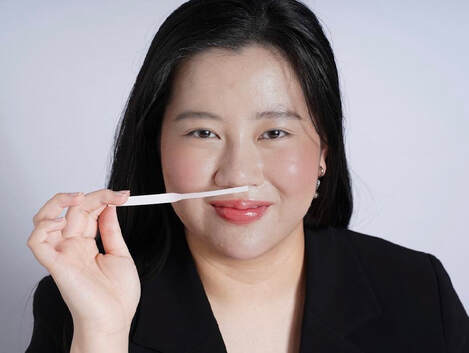
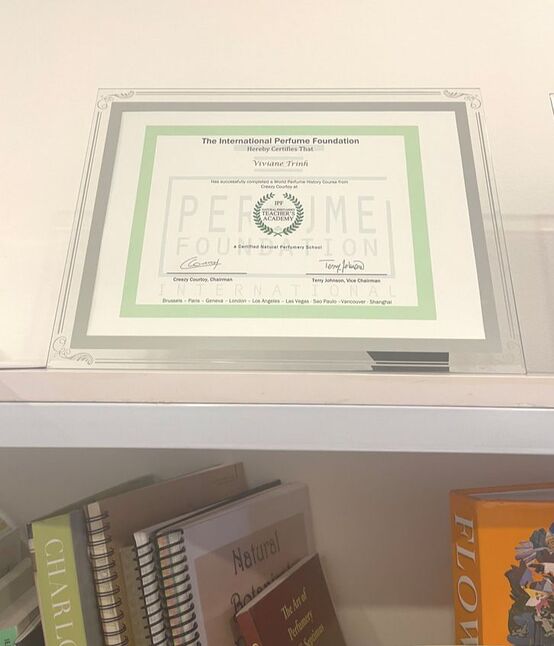
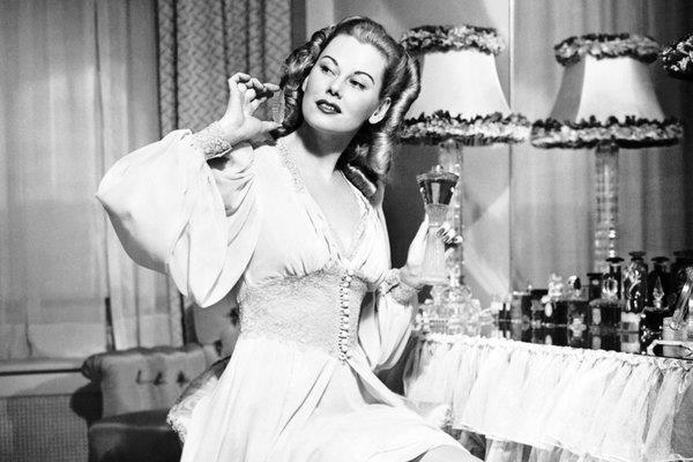
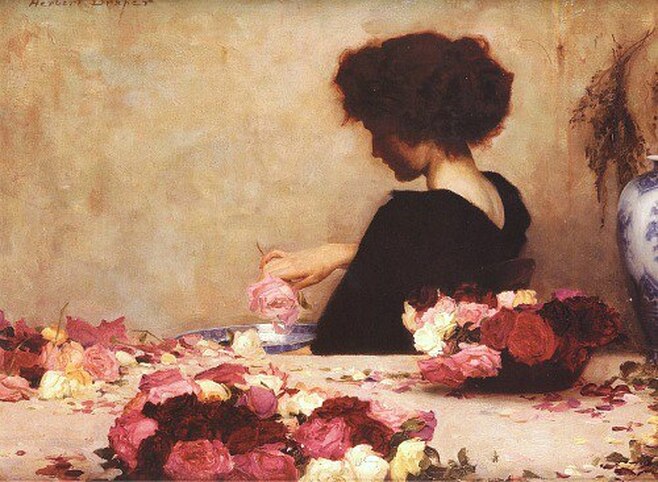
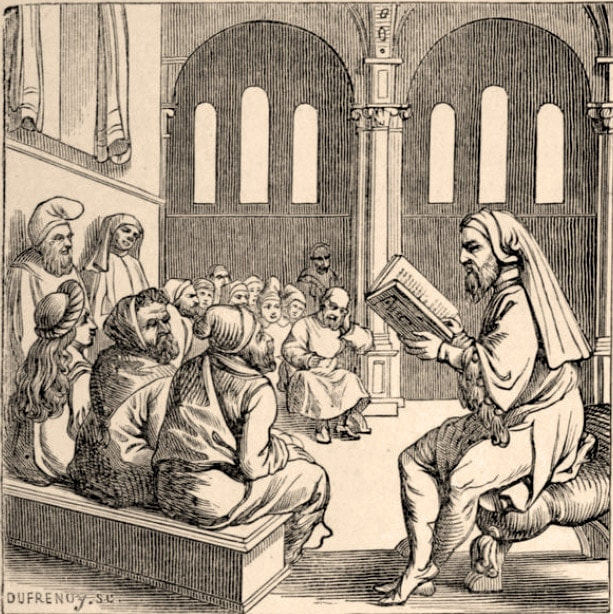
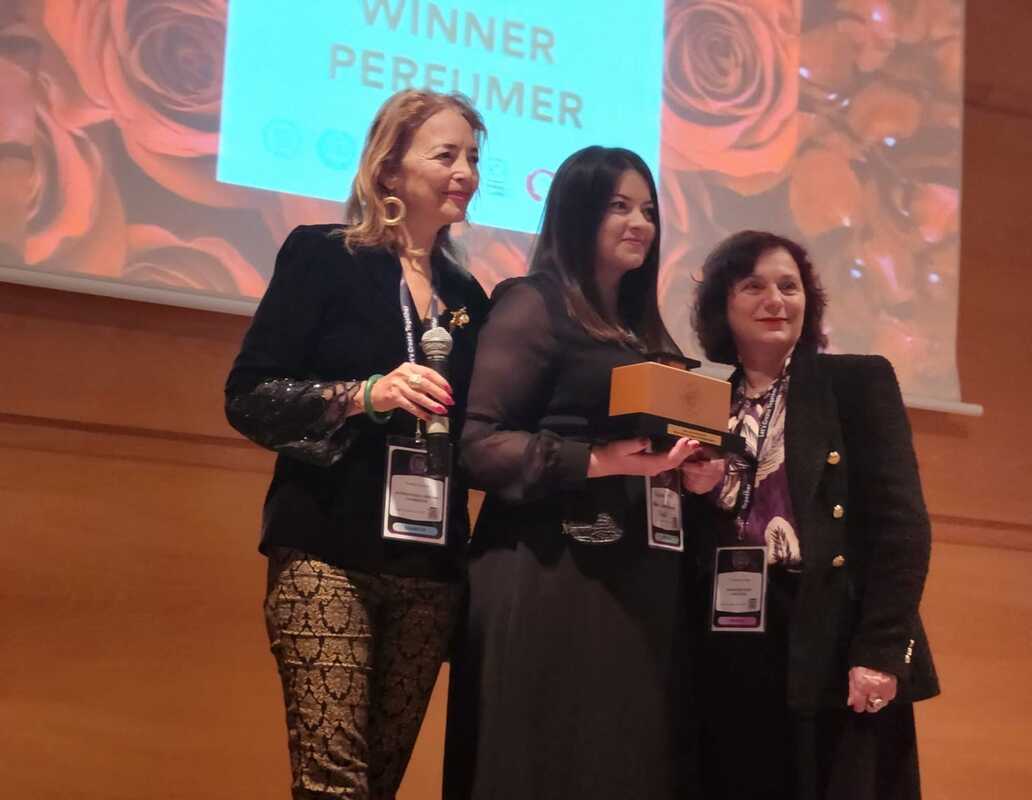
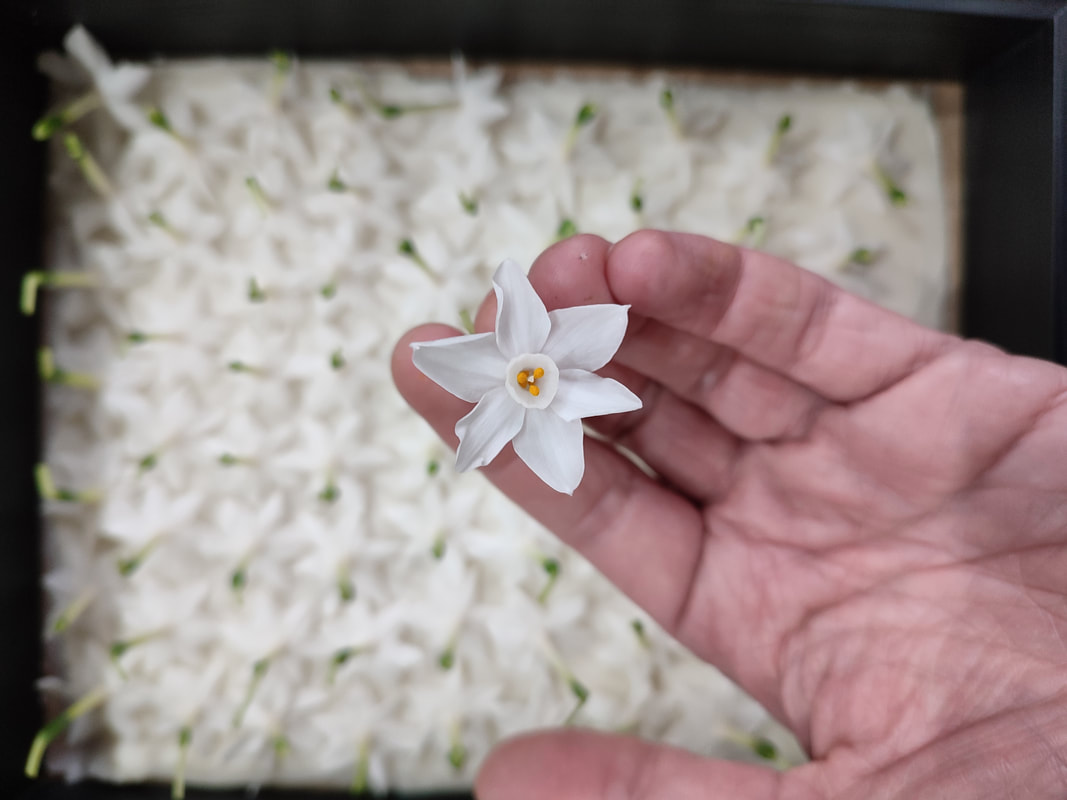
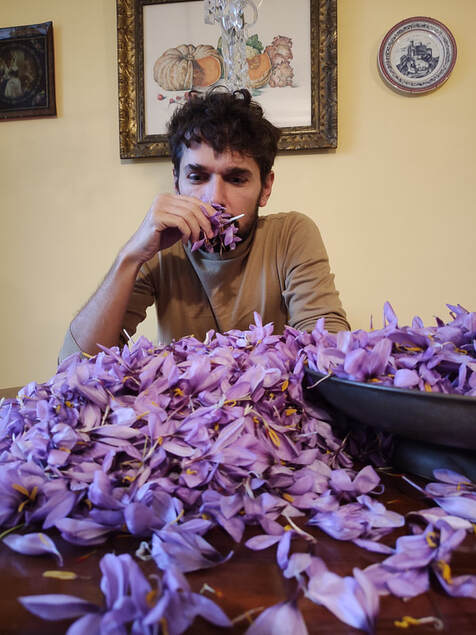
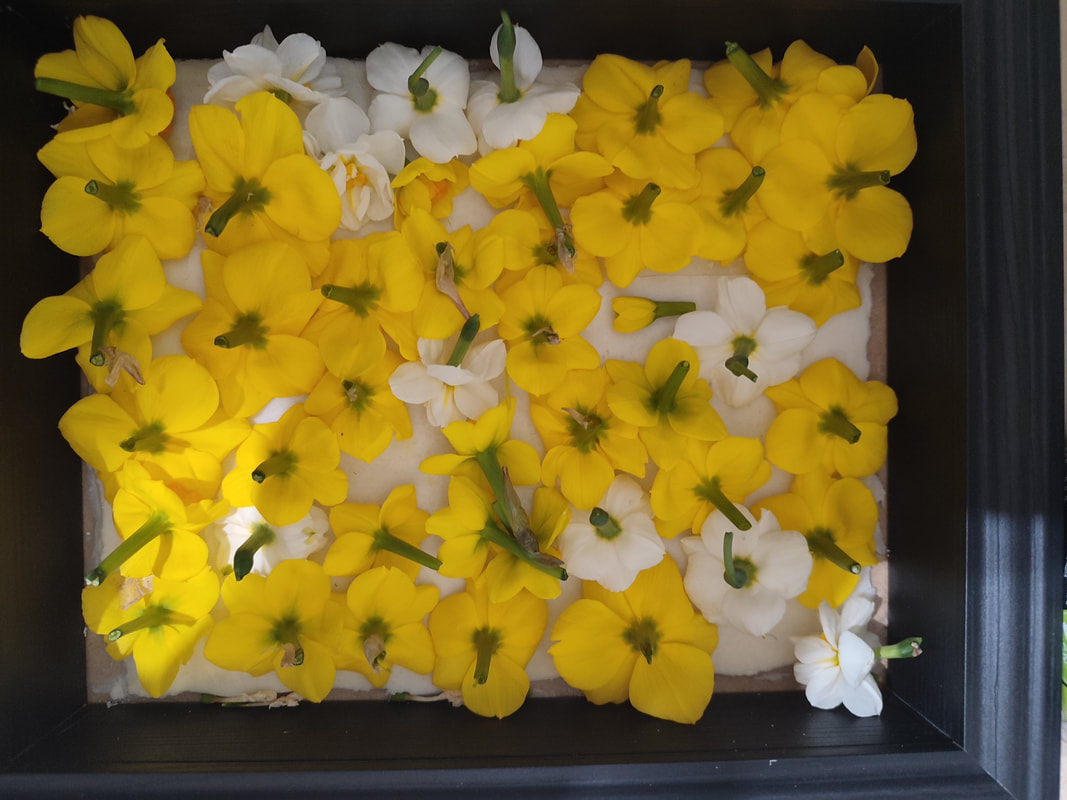

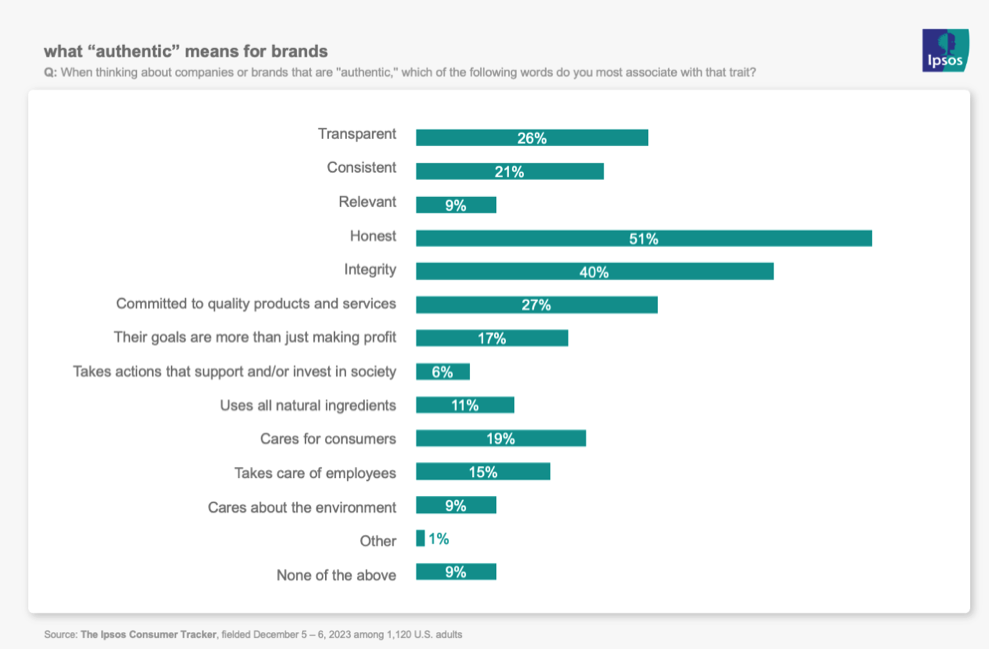
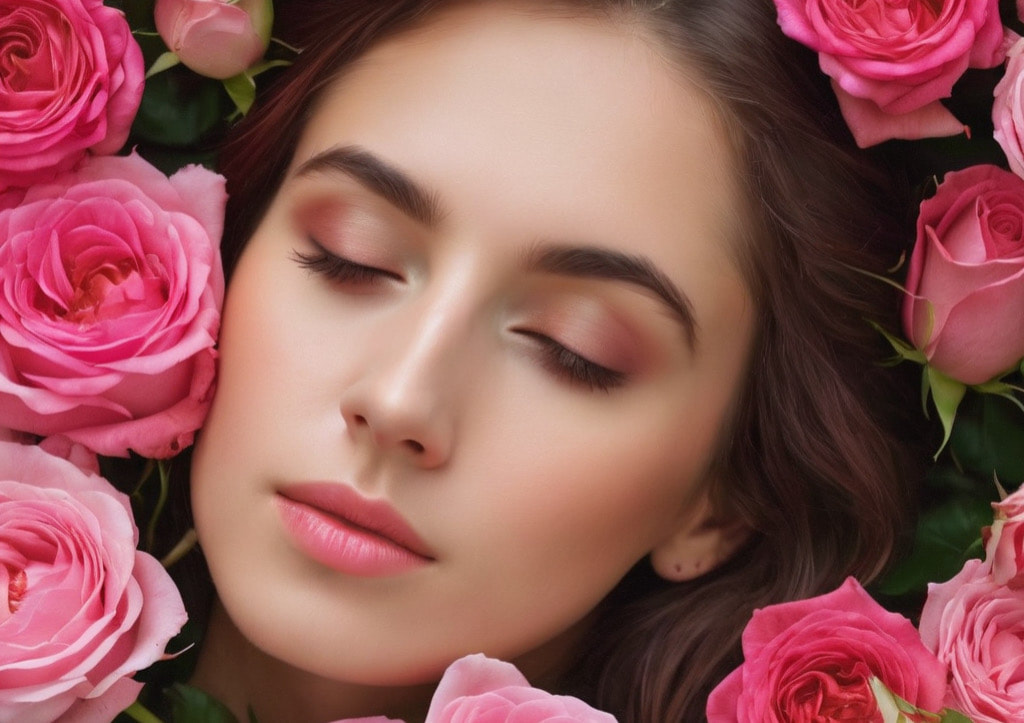
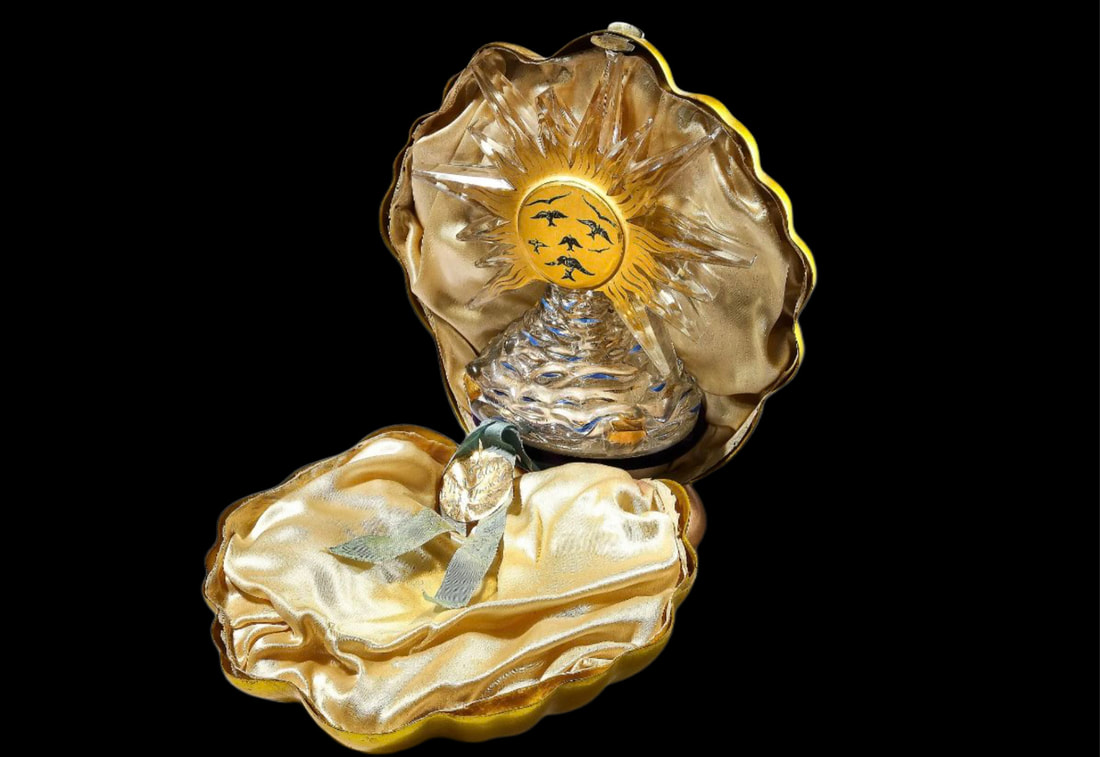
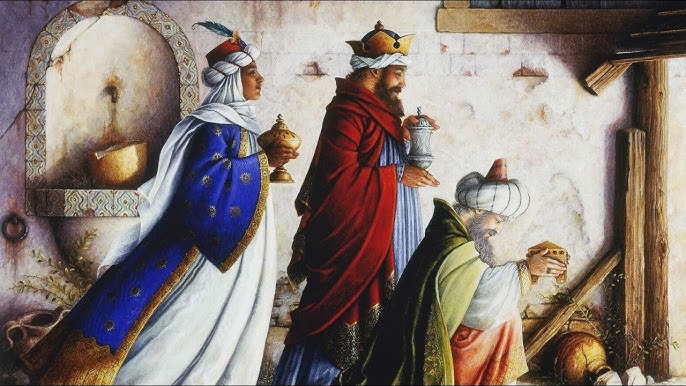
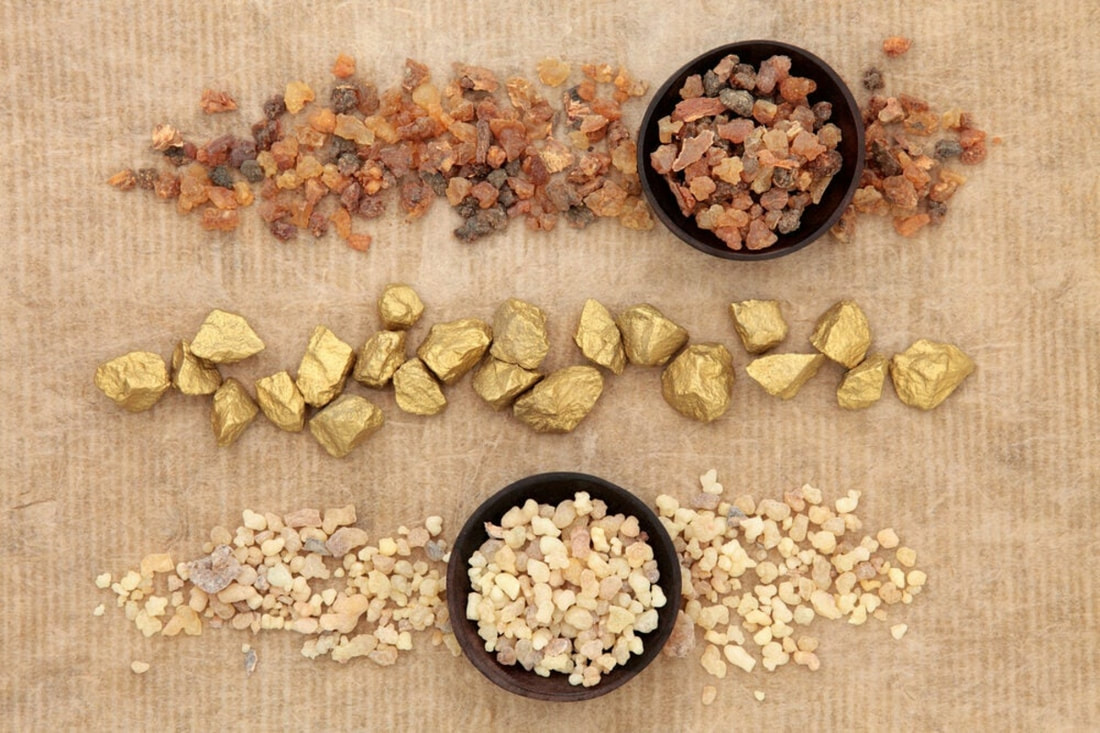


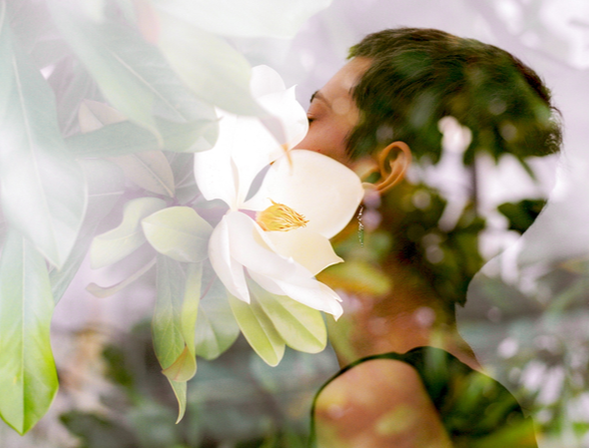
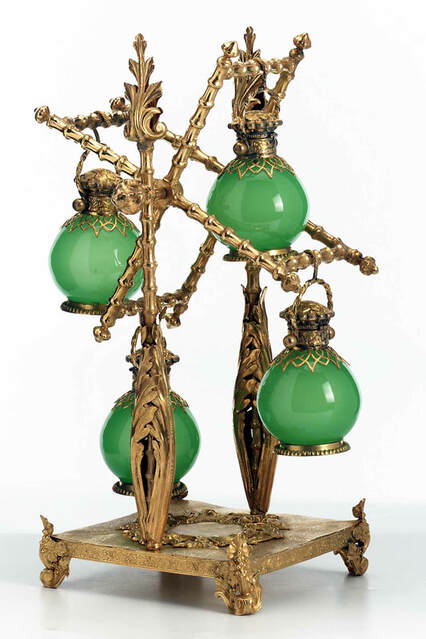
 RSS Feed
RSS Feed
